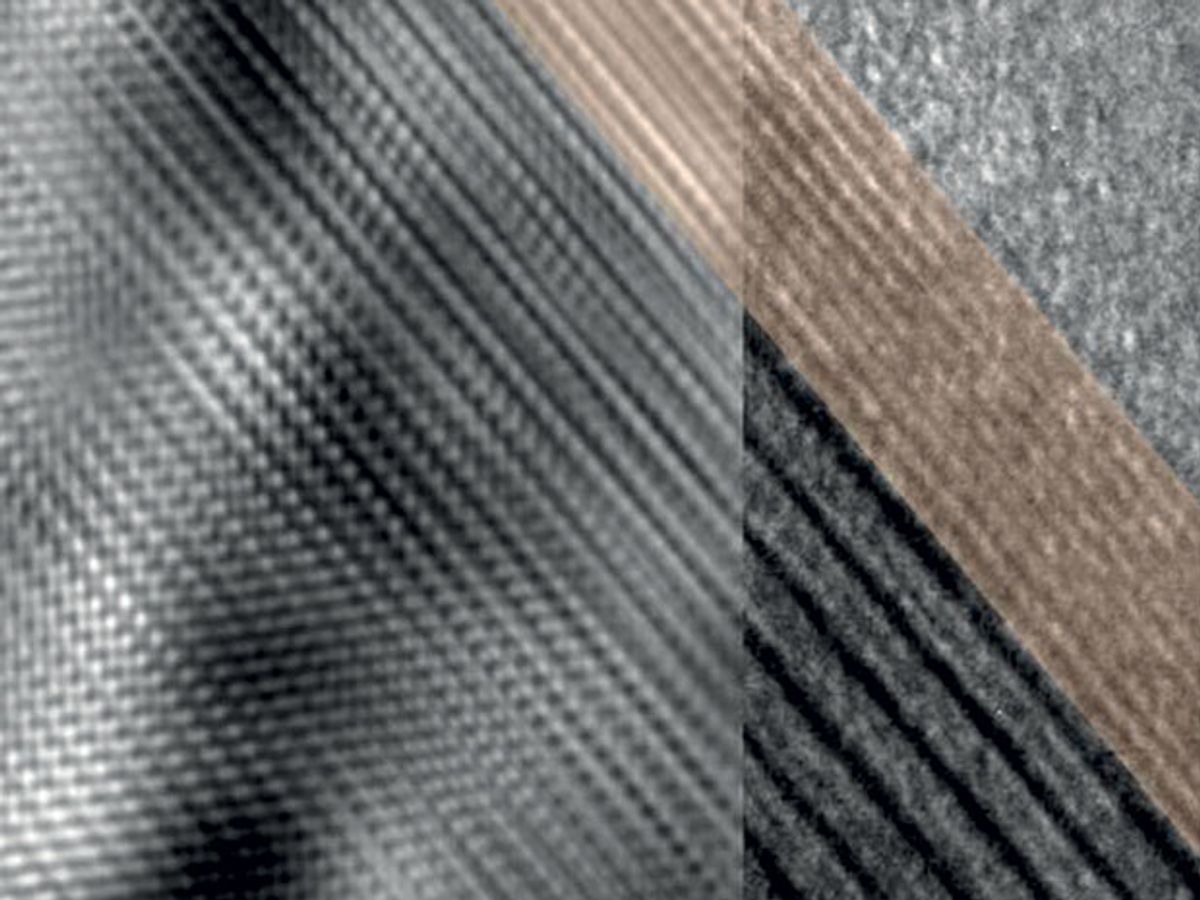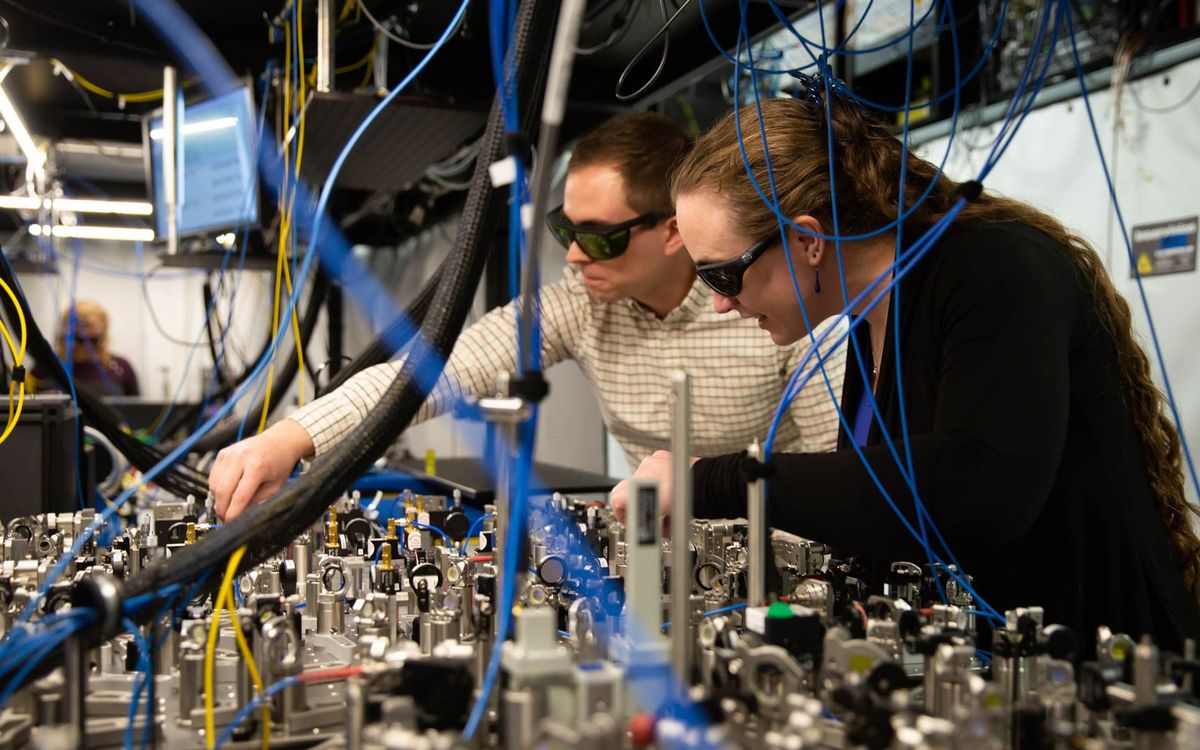Topological insulators (TIs) are materials that are insulators on the inside but conductors on the outside. They have been both a great hope and a head scratcher for scientists and engineers in fields such as “spintronics” and quantum computing who have been trying to make practical devices with the materials. The inability to combine TIs with a material that has a controllable magnetic property has proven to be a major roadblock.
Now in joint research, led by a team at the Massachusetts Institute of Technology, researchers have combined several molecular layers of a topological insulator material called bismuth selenide (Bi2Se3) with an ultrathin layer of a magnetic material, europium sulfide (EuS).
This successful combination of the two materials was a feat in itself. But what the hybrid material enabled was something that went beyond the researchers expectations.
Typically, europium sulfide has pretty stable magnetic properties, but it can only maintain those stable magnetic states at extremely low temperatures, 17 degrees above absolute zero (17 Kelvin). To the researchers surprise, when the europium sulfide was mated with the TI material it maintained those magnetic states all the way up to room temperature. When you are looking for practical devices, “room temperature” operation sounds like music to your ears.
These results described in the journal Natureseem promising. But there is a bit of a caveat: the slightest variation in how these two materials are combined results in wildly different properties for the resulting hybrid material. In fact, eliminating contamination or imperfections at the interface of the two materials is the key to the new material’s properties. As the researchers point out, the new properties of the hybrid material stem from the interface between the two materials.
The researchers have dubbed the magnetic interaction at the interface of the two materials “proximity-induced magnetism,” which they believe could lead to the new breed of spintronic devices.
This research may also offer a way to produce a particle that to date has only been theoretical, called Majorana fermions. In theory, these so-called quasiparticles can encode data so that it cannot be disrupted by thermal fluctuations, which has handicapped current quantum computing systems.
Philip Kim, a professor of physics at Harvard University, who was not involved in this work, said in a press release: “Topological insulators and magnetic insulators are two completely dissimilar materials. Yet they produce very unusual emergent effects at their atomically clean interface. The enhanced interfacial magnetism shown in this work can be very relevant to building up novel spintronics devices that can process information with low energy consumption.”
Dexter Johnson is a contributing editor at IEEE Spectrum, with a focus on nanotechnology.



